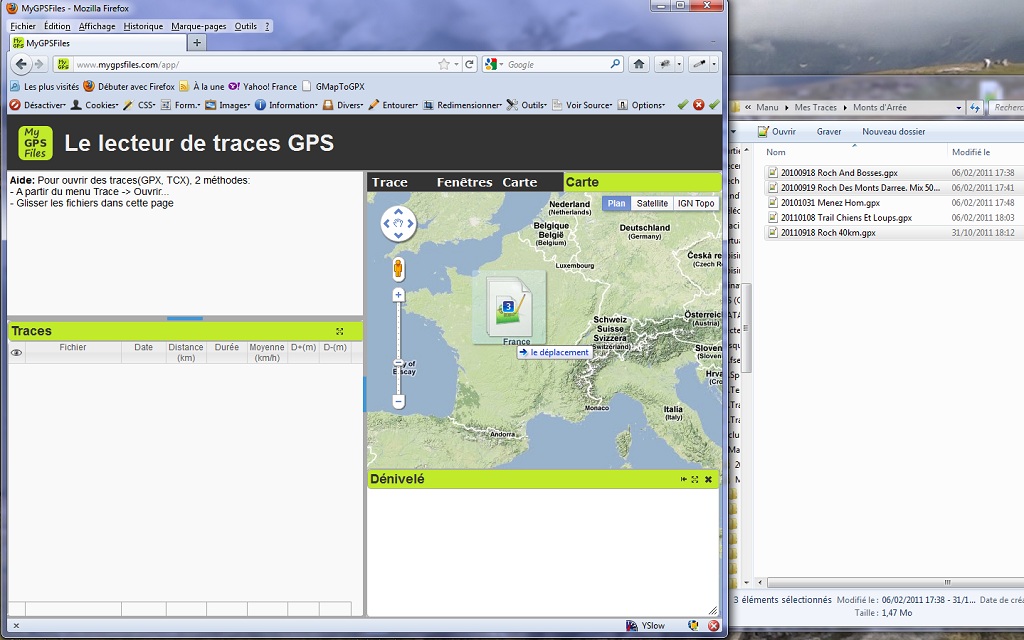

First, you need to know that there is more than one type of FIT file. Garmin has many types of fields that can be stored in a FIT file. The elevation plot will be flat if the elevation is missing from your file, but you can now enter a number in the "override elevation" checkbox to get a total ascent value in your final file. You will continually go around and around the circle, depending on how much distance you accumulated in your activity. If you check this box, my tool will create a track which is a 1 kilometer circle out in the South Pacific. If both of these conditions are true, you will be able to see the "Make a Fake Track" box. You will only see the "Make a Fake Track" checkbox if none of the files you uploaded have position data AND the files have distance data. Then, the user can override the elevation if needed using my tools. This fake map "tricks" Strava into thinking that this is an outdoor workout. If you have ever used Zwift, you may notice that this application generates a fake map (sometimes in the South Pacific over a random island). Therefore, in order to "trick" Strava into accepting the elevation that you type into the "override elevation" box, you will need to add in some type of map. but that is just how Strava processes the data. Whether or not that is true is up for debate. The reason for this is because Strava believes that elevation computed by indoor machines cannot be trusted. If you do an indoor workout such as a treadmill or on a trainer bike, Strava will NOT show the elevation. If your activity does not have position points (latitude / longitude), Strava automatically deems it as an indoor activity. Strava knows if an activity was indoors or outdoors based on the simple fact of whether or not it has a map. There are two basic types of activities that you can upload to Strava: Indoor and Outdoor workouts. If you try to take KOMs with this tool, it can be detected easily.

The purpose of this tool is to repair rides so you can get the map and the mileage that you did when your GPS bugged out. The tool intentionaly creates speed artifacts and signatures that will reveal cheating. I do not recommend using this tool to cheat. Even though the speed won't be exactly accurate, you will at least get credit for the distance you rode. You enter the start date/time, and then the average speed, and a moving track will be created for you. Finally, you can use this tool to "recreate" an activity that was lost by your GPS. This happens if the time of an activity is not recorded correctly and you want to shift the GPS time while keeping all the other values the same.

Another use for this tool is to time-shift an activity. We use the time stamps to put the files in order (the order in which they occurred).

Another possible reason is that if you want to use our Combine Tracks Tool time stamps are required for that tool to work. In order to be accepted as a course, some GPS models need to have time stamps as part of the GPX file. This need may arise if you're trying to import a course into your GPS or re-create and activity that you did in real life, but lost the GPS track for. Sometimes, you need to add timestamps to GPS files.


 0 kommentar(er)
0 kommentar(er)
